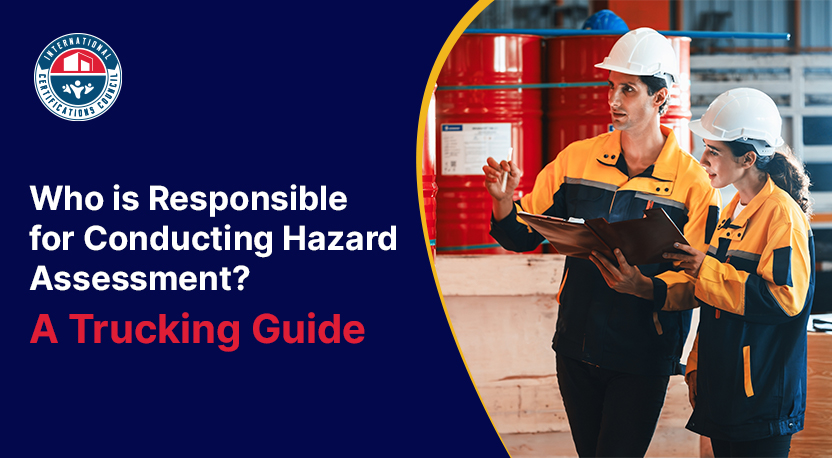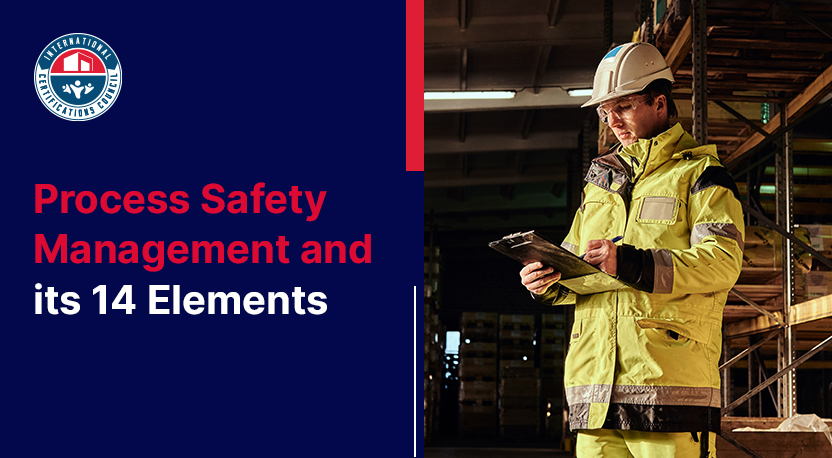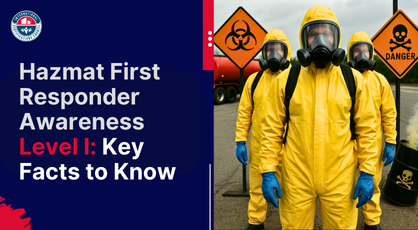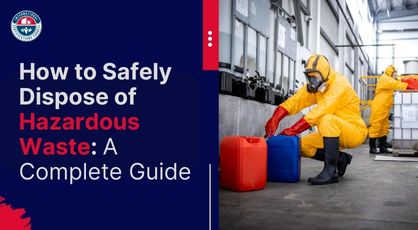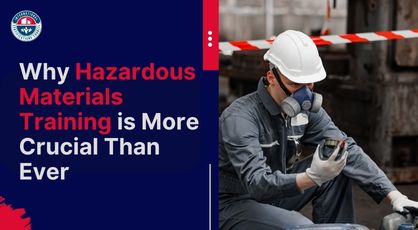In a world where transporting hazardous materials is a daily part of various industries, keeping both people and the environment safe is crucial. As the global supply chain becomes more complicated and hazardous materials continue to change, it is imperative for you, as an industry professional, to stay updated on the latest regulations and best practices.
In this blog post, we’ll uncover why prioritizing safety is crucial in your work. We'll explore the U.S. Department of Transportation's (DOT) Hazardous Materials Regulation (HMR) and how it establishes a robust framework for your safe transportation practices. We'll also discuss who exactly needs dot hazardous materials training and why these tailored programs are indispensable for fostering a culture of safety and compliance in your daily operations.
DOT Hazmat Training Overview:
In the United States, if you're dealing with things that are dangerous to transport, like chemicals or other hazardous materials, there are rules to keep everyone safe.
These rules are part of the U.S. Department of Transportation's Hazardous Materials Regulation (HMR), specifically found in 49 CFR 172.704 - Subpart H, also known as HM-181.
This regulation says that people involved in moving these materials need to go through special training. This training covers essential stuff like:
- How to handle these materials safely,
- What to do in emergencies,
- And being aware of security concerns.
The regulatory framework for Hazmat training is primarily governed by the Pipeline and Hazardous Materials Safety Administration (PHMSA), which operates under the United States Department of Transportation (DOT).
Employers transporting hazardous materials must provide workers with this training, ensuring everyone knows how to do their jobs safely. This helps protect people, communities, and the environment. It's all about making sure things are done right, and nobody gets hurt.
Who Requires DOT Hazmat Training?
Hazmat training is not a one-size-fits-all endeavor; it is tailored to specific roles and responsibilities within different industries. Individuals and departments generally requiring hazmat training include:
Drivers and Operators
Individuals responsible for transporting hazardous materials must undergo specialized training to ensure they can handle and respond to emergencies during transit.
Warehouse Personnel
Workers who load, unload, and store hazardous materials must be trained to follow proper protocols, minimizing the risk of accidents.
Emergency Responders
Firefighters, police officers, and other emergency responders need HAZMAT training to manage hazardous material incidents effectively and safely.
Shipping Clerks
Those involved in preparing shipping documents and ensuring compliance with regulations must thoroughly understand HAZMAT requirements.
Environmental Health and Safety Professionals
Environmental health and safety specialists are crucial in ensuring workplace safety and compliance with HAZMAT regulations.
Regulatory Compliance Personnel:
Individuals responsible for ensuring their company's operations adhere to HAZMAT regulations must be well-versed in the latest requirements.
Chemical Plant Employees:
Workers in chemical plants and manufacturing facilities dealing with hazardous substances must undergo specific DOT HAZMAT training relevant to their roles.
Aviation Personnel:
Aviation industry employees who handle hazardous materials transport via air cargo must receive specialized training to mitigate risks.
Healthcare Workers:
Medical professionals handling hazardous materials in laboratories or healthcare settings must be trained to prevent exposure and contamination.
Types of DOT Hazardous Materials Training and Who Needs It
General Awareness Familiarization Training:
This foundational training is designed to give all employees involved in transporting or handling hazardous materials a basic understanding of HAZMAT regulations and safety measures.
It covers fundamental concepts related to identifying, classifying, packaging, labeling, and documentation of hazardous materials. The goal is to ensure that all employees are generally aware of the risks associated with these materials and the precautions to take.
Who Needs It: This training is essential for drivers, warehouse staff, administrative personnel, and anyone involved in the logistics or supply chain where hazardous materials are handled or transported.
Function-Specific Training:
Unlike general awareness training, function-specific training is tailored to the roles and responsibilities of employees.
For example, drivers may receive training on safe transportation practices, emergency responders on proper response procedures, and warehouse personnel on secure storage and handling techniques specific to their duties.
Who Needs It: Drivers, warehouse workers, emergency responders, and individuals with specialized responsibilities in the supply chain or logistics process.
Safety Training:
Safety training focuses on general safety procedures and protocols, emphasizing the importance of accident prevention and effective emergency response.
This training covers topics such as personal protective equipment (PPE), safe handling practices, emergency evacuation procedures, and the use of safety equipment.
Who Needs It: All employees involved in transporting or handling hazardous materials, regardless of their specific roles. Safety training is foundational for ensuring a safe working environment and preventing accidents.
Security General Awareness Training
This training addresses the security aspects of handling hazardous materials, focusing on measures to prevent unauthorized access, theft, and potential security threats during transportation or storage.
Who Needs It: Drivers, warehouse personnel, and others responsible for securing hazardous materials during transit. It is crucial for anyone who may encounter security risks associated with the movement of dangerous materials.
In-Depth Security Training
This advanced training is designed for personnel who have specific responsibilities regarding security protocols and measures, especially in high-risk areas or situations.
It covers in-depth strategies for handling security challenges, implementing advanced security measures, and effectively responding to security threats.
Who Needs It: Security managers, supervisors, or personnel responsible for overseeing security measures in high-risk areas with hazardous materials. This training is essential for those who play a direct role in ensuring the security of hazardous materials throughout the supply chain.
Need Hazardous Material Training at Your Facility?
Are you searching for an advanced DOT Hazmat training course for your employees online? Look no further than the Iccouncil, a leading comprehensive DOT HAZMAT training course provider. Our expert-led programs cover all aspects of HAZMAT regulations and safety, ensuring your employees are well-prepared to handle hazardous materials responsibly.
Visit the website today to explore our HAZMAT training courses and ensure your workforce is equipped with the knowledge and skills to navigate the complex landscape of hazardous materials safely.
Invest in your employees' safety and your business's success with Iccouncil's industry-leading training programs.


